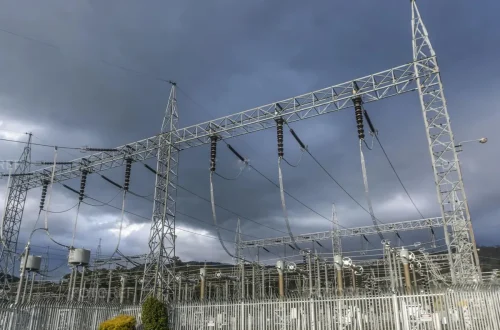The Importance of Real-Time Risk Identification
In today’s fast-paced work environments, identifying risks quickly is crucial to prevent accidents and maintain compliance. remote safety audits offer a powerful method to detect potential hazards as they occur, without waiting for scheduled on-site inspections. By leveraging technology, organizations can respond immediately to emerging safety issues, reducing downtime and protecting employees.
How Remote Safety Audits Enable Real-Time Monitoring
Live Video Inspections
Through live video streaming, auditors can observe workflows, equipment, and employee practices in real time. This allows them to spot hazards as they develop and recommend immediate corrective measures. Remote safety audits provide a virtual “eyes-on-site” experience that ensures risks are not overlooked.
Instant Data Collection
Digital platforms used in remote safety audits enable the collection of data on equipment status, procedural compliance, and environmental conditions instantly. Automated tools can flag anomalies, allowing safety teams to intervene before minor issues escalate into major problems.
Proactive Risk Management
Remote safety audits facilitate proactive rather than reactive risk management. By continuously monitoring operations across sites, organizations can identify trends, anticipate potential hazards, and implement preventative measures effectively.
Benefits of Real-Time Risk Detection
Enhanced Safety
Immediate identification of risks ensures that corrective actions are taken before incidents occur. Frequent remote safety audits contribute to a safer work environment, reducing the likelihood of injuries or compliance violations.
Reduced Downtime
By addressing hazards quickly, remote safety audits help maintain smooth operations. Unplanned shutdowns due to accidents or safety breaches are minimized, improving overall productivity.
Data-Driven Decision Making
Insights from remote safety audits enable managers to make informed decisions. Historical and real-time data can highlight patterns, pinpoint high-risk areas, and optimize resource allocation for maximum safety impact.
Implementing Remote Safety Audits for Real-Time Risk Identification
- Equip Sites with Technology – Install cameras, sensors, and digital reporting tools to enable continuous monitoring.
- Train Staff – Ensure employees understand how to participate in remote safety audits and report issues promptly.
- Standardize Procedures – Develop clear protocols for risk identification and reporting during audits.
- Analyze and Act – Use findings from remote safety audits to implement corrective actions immediately and prevent future hazards.
Overcoming Challenges
Some organizations may worry that remote safety audits cannot fully capture on-site conditions. However, combining live video, digital checklists, and staff cooperation ensures accurate, real-time assessments. Regular training and reliable technology further enhance the effectiveness of these audits.
The Future of Real-Time Risk Management
As workplaces become increasingly digital and distributed, remote safety audits will play a central role in real-time safety monitoring. The ability to identify and mitigate risks instantly allows organizations to maintain compliance, protect employees, and optimize operations continuously.
Conclusion
Identifying risks as they occur is essential for a safe and productive work environment. Remote safety audits provide the tools and processes needed to monitor operations in real time, detect hazards promptly, and implement immediate corrective actions. For organizations prioritizing safety and efficiency, remote safety audits are an indispensable strategy for proactive risk management.





